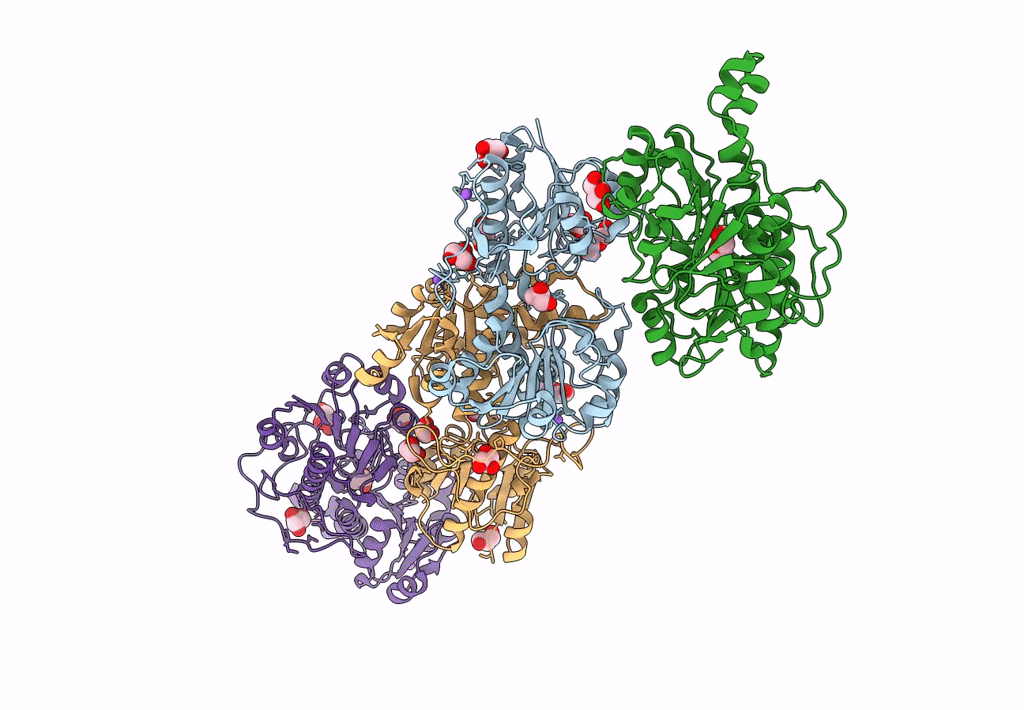
Deposition Date
2022-01-30
Release Date
2023-02-08
Last Version Date
2024-02-07
Entry Detail
Biological Source:
Source Organism:
Starkeya novella DSM 506 (Taxon ID: 639283)
Host Organism:
Method Details:
Experimental Method:
Resolution:
2.10 Å
R-Value Free:
0.22
R-Value Work:
0.17
R-Value Observed:
0.17
Space Group:
P 1


